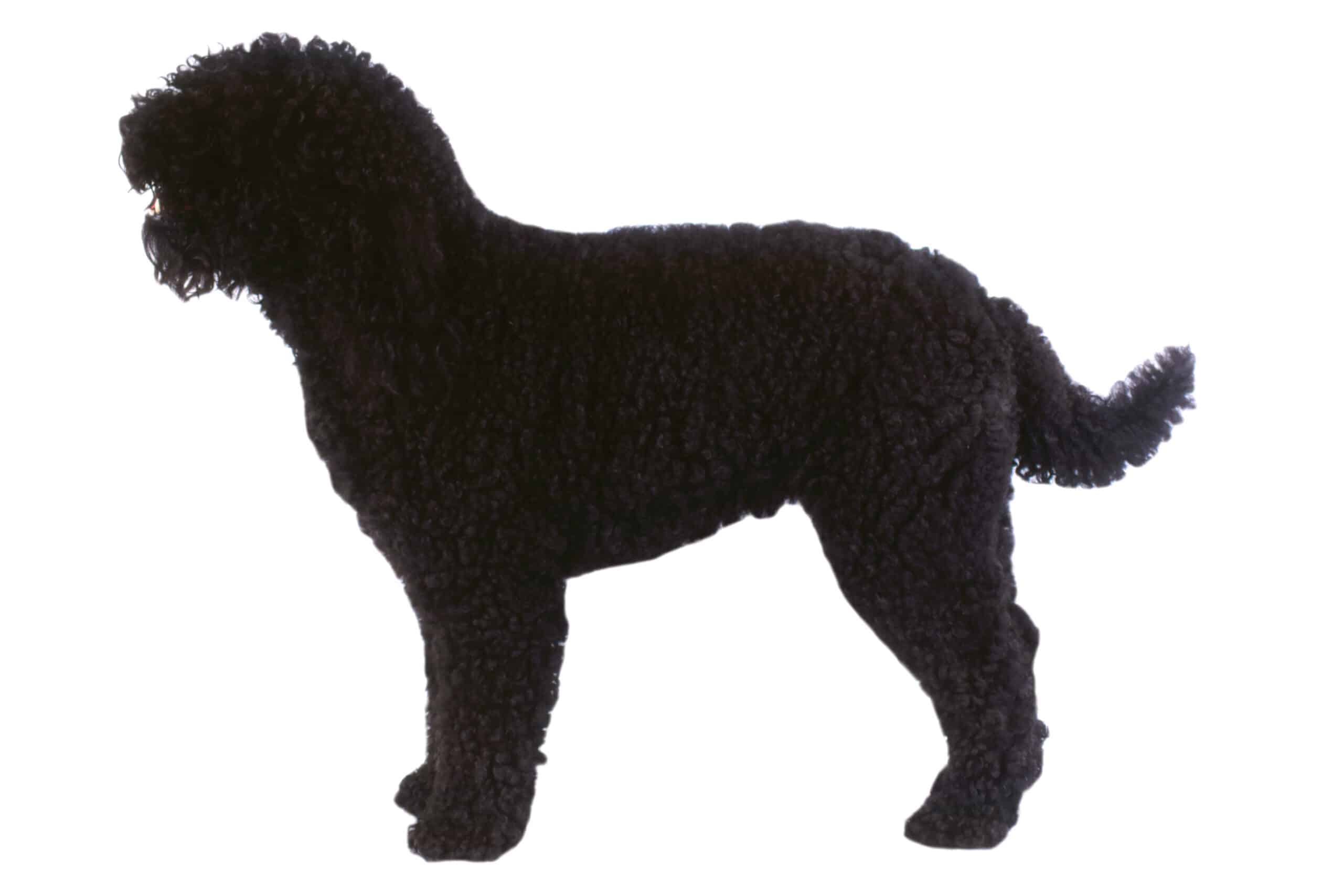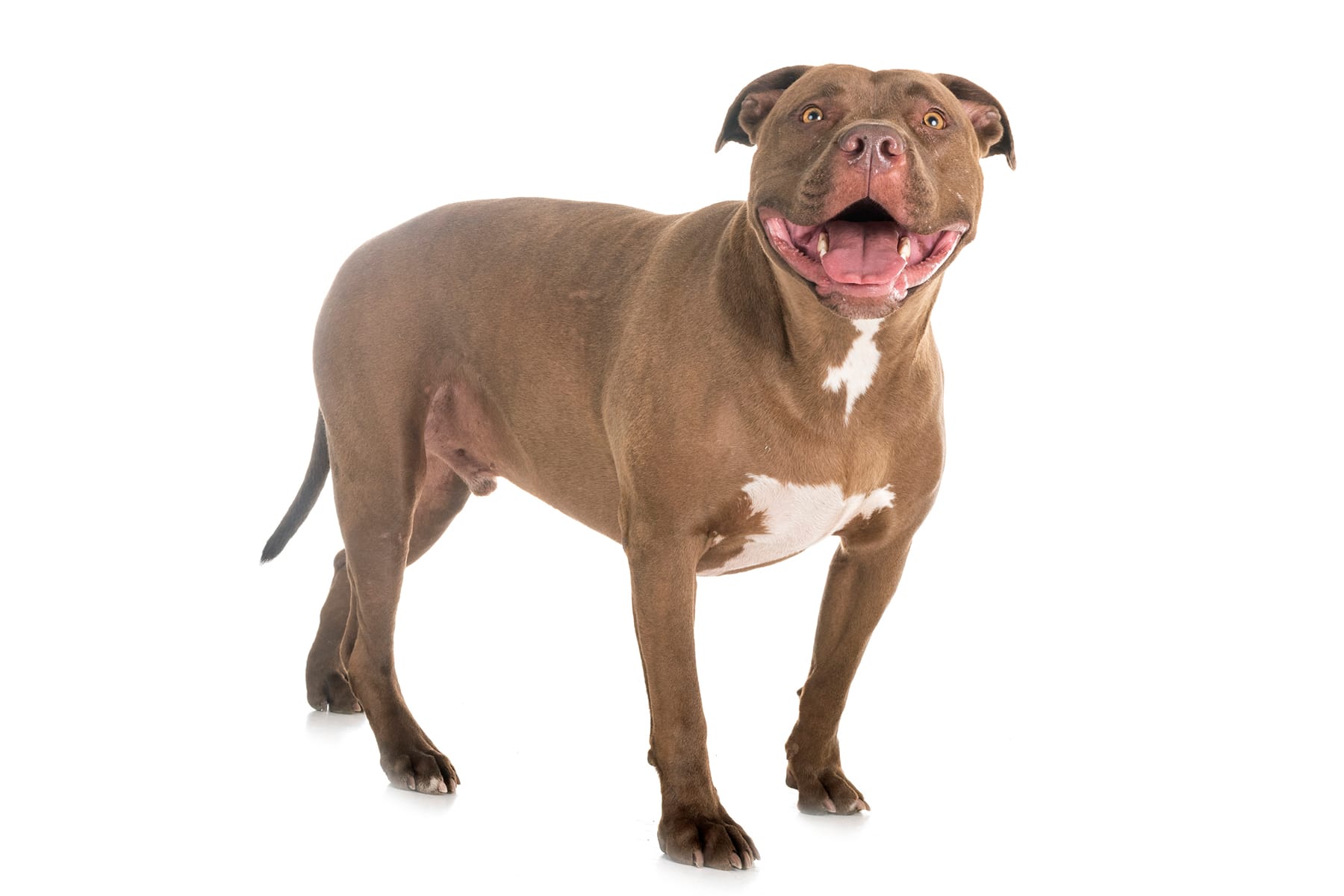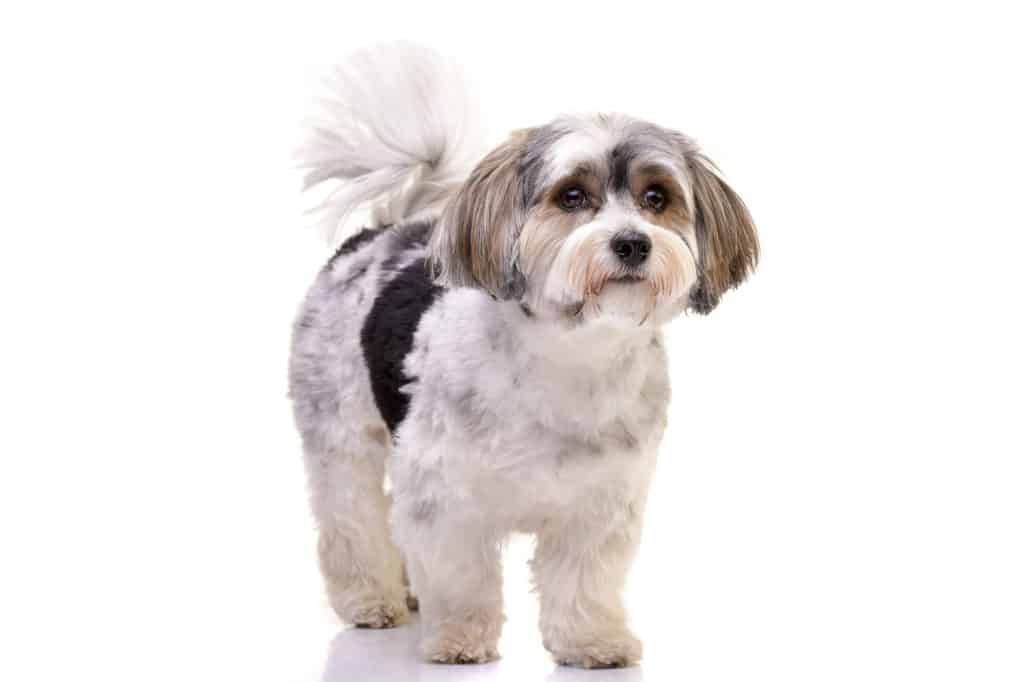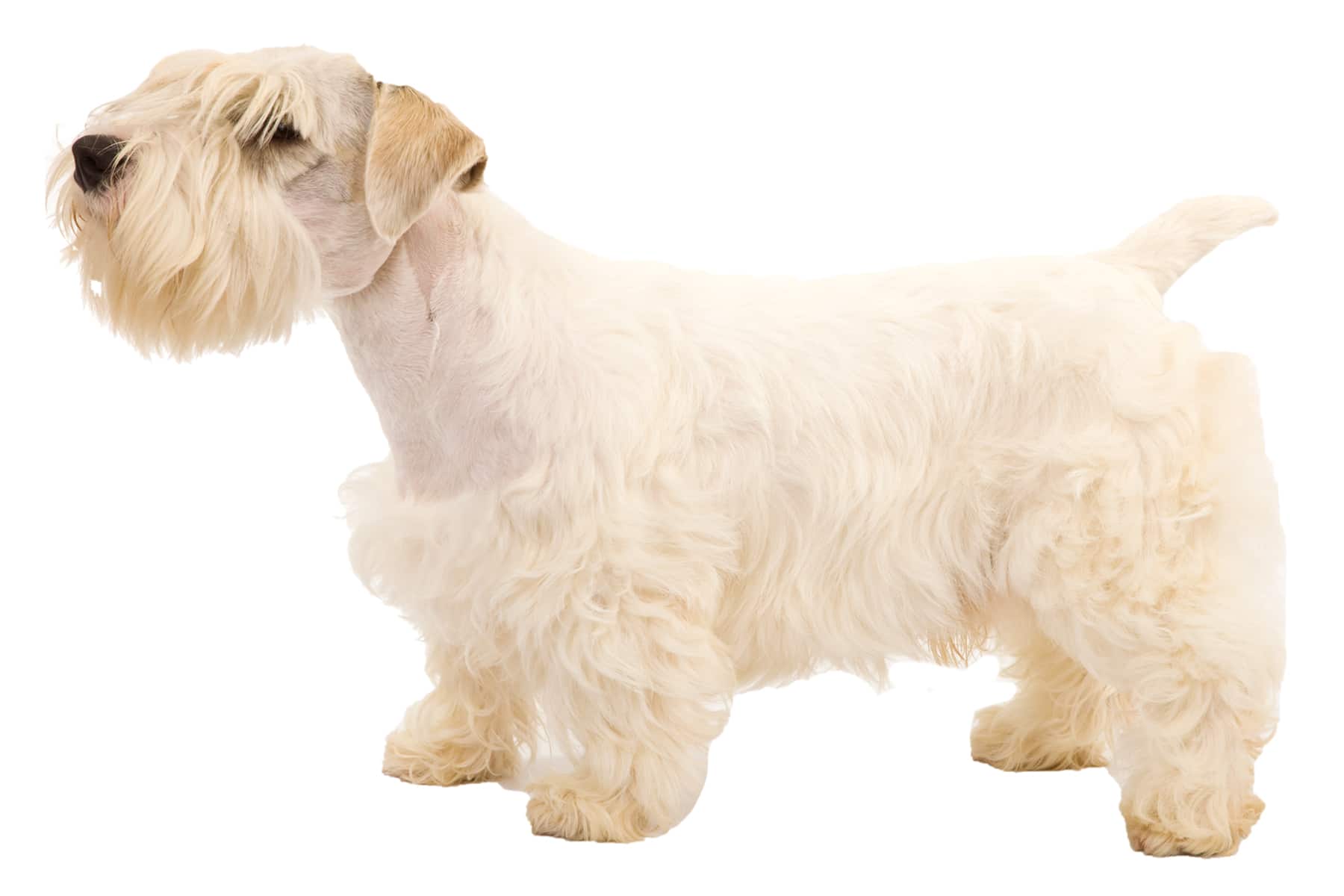Berger Picard
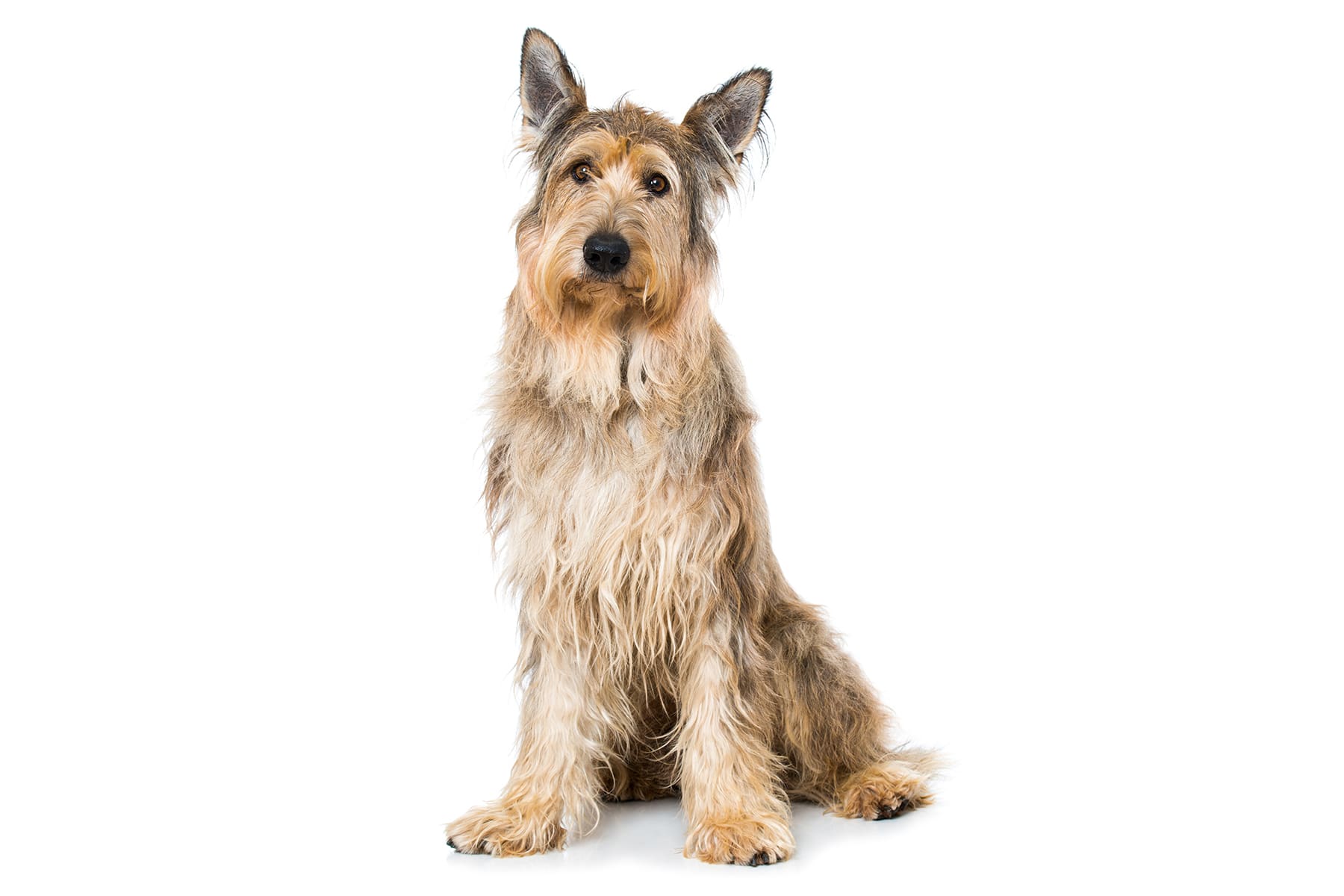
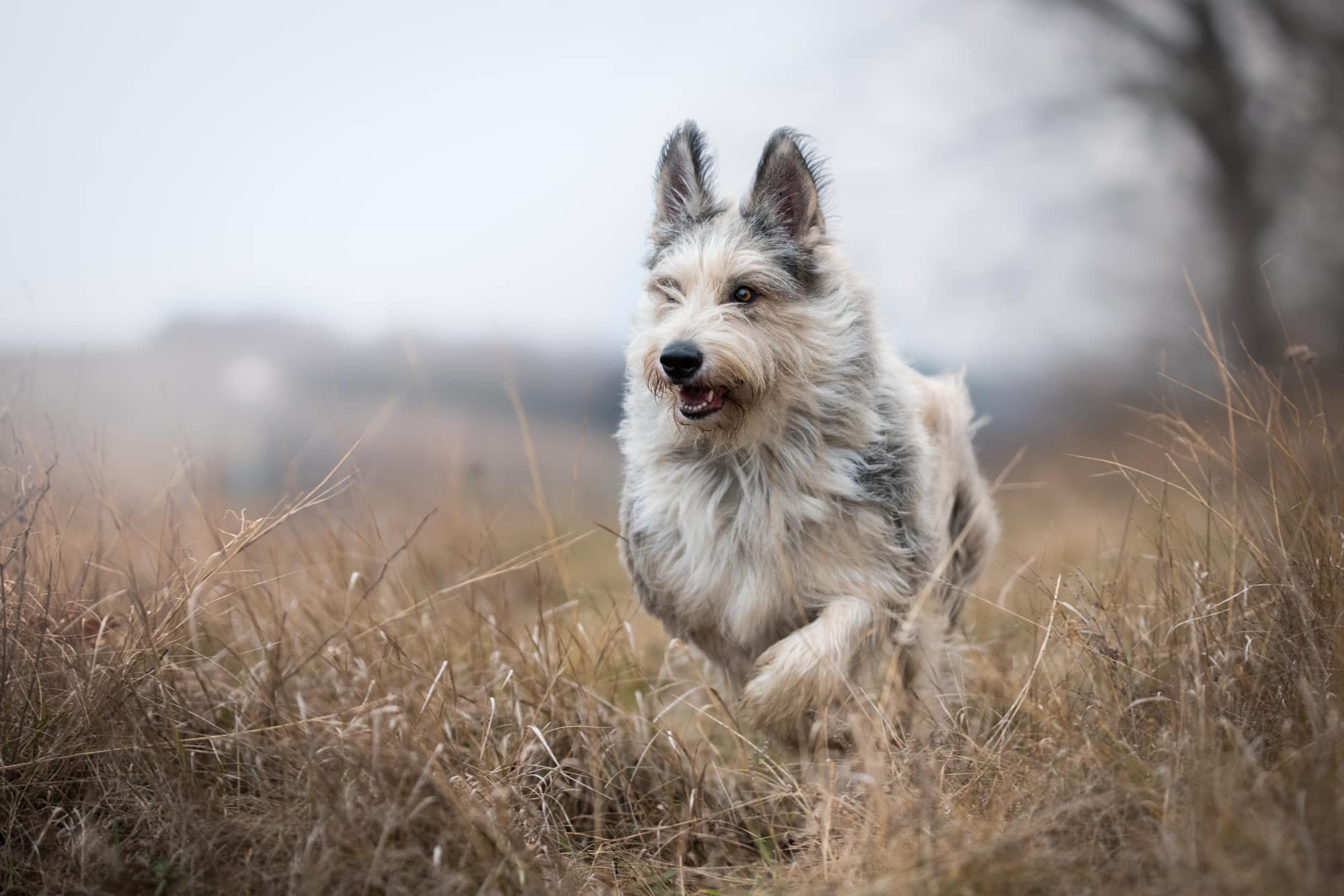
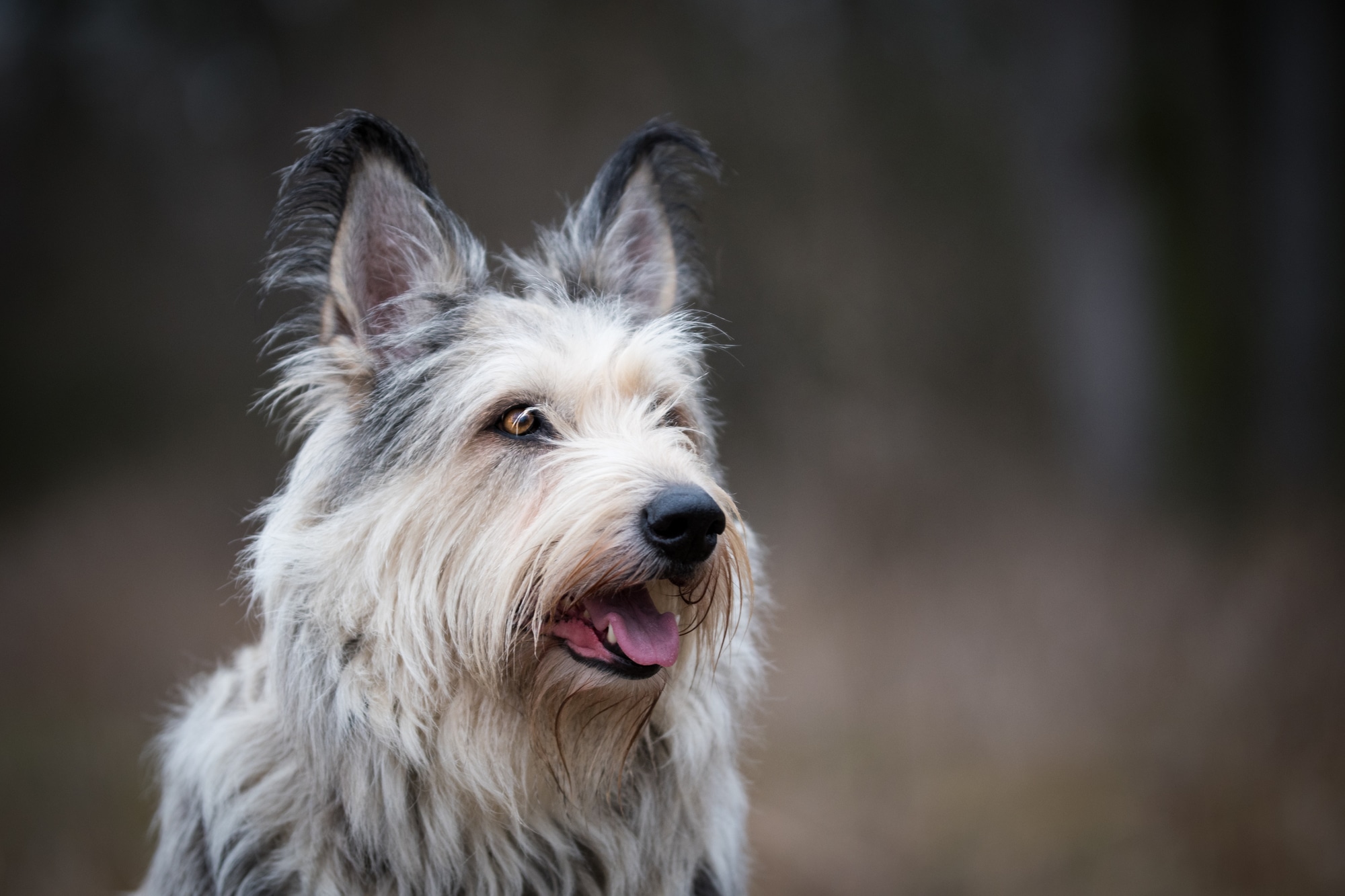
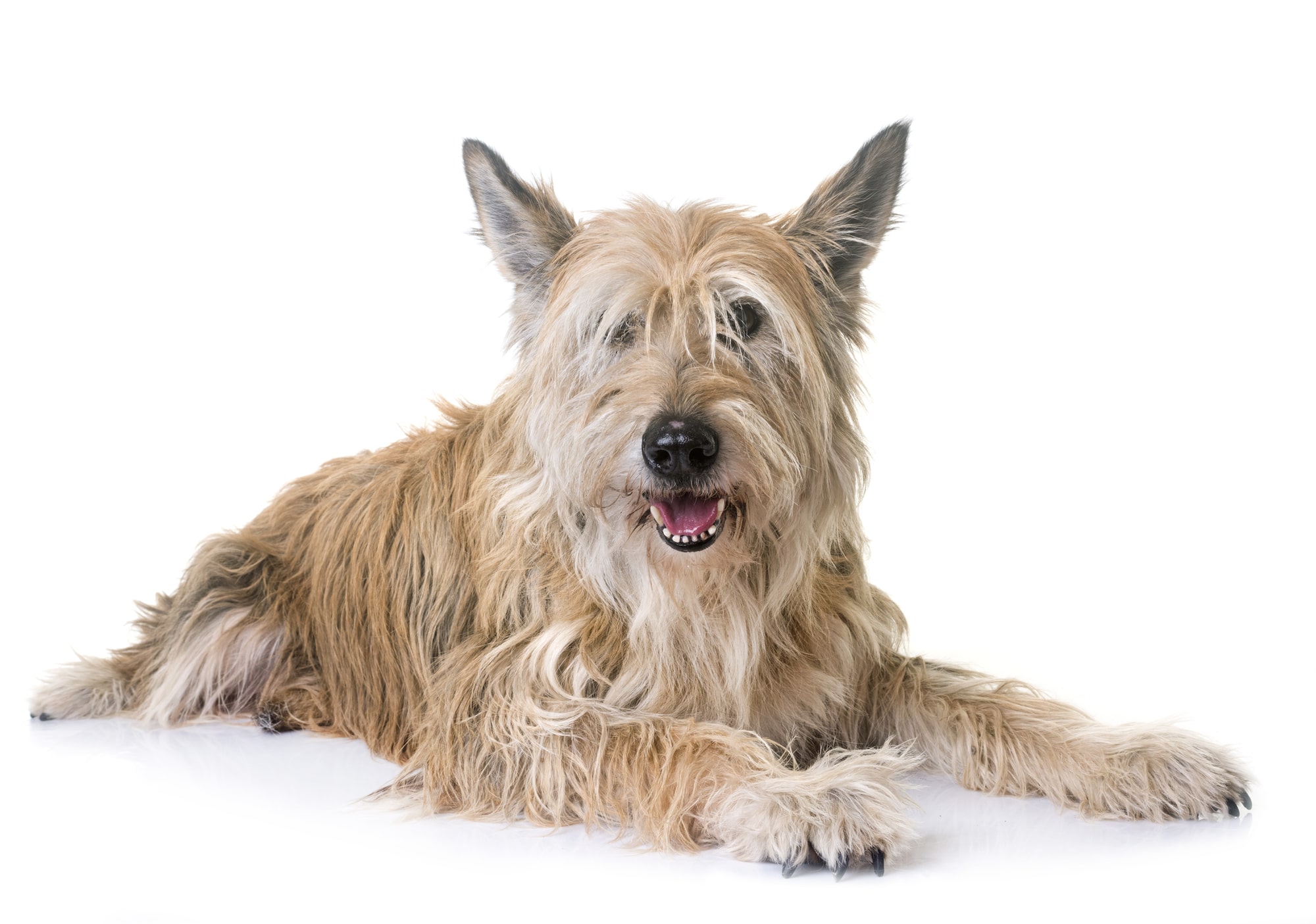
Temperament:
The Berger Picard dog breed originally comes from France. Since 2005, however, the stubborn shepherd dog has also been conquering movie screens in the film Winn-Dixie: Mein zotteliger Freund. Here in Germany, moviegoers also know him from the German crime thrillers Winterkartoffelknödel (2014), Schweinskopf al dente (2016) and Grießnockerlaffäre (2017).
Characteristics
In the breed nomenclature of the FCI - Fédération Cynologique Internationale - the Berger is assigned to the group of herding and driving dogs. This group also includes the German Shepherd, the Border Collie, the Welsh Corgi and the Australian Shepherd. Herding dogs are generally characterized by their great loyalty to their owner and their intelligence.
Since the beginning of the 19th century, breeders have tried to breed this breed heavily. As a result, the Berger Picard had a high inbreeding potential until the 1990s. Since then, breeders have been trying to get this under control again.
The Berger Picard is often referred to as the French shepherd dog. Many dog lovers acquire this breed precisely because of its reliability as a family dog.
Due to its origins as a shepherd dog, the Berger is both stubborn and very independent. Its loyalty to its owner is also characterized by its distrust of strangers. This breed is often somewhat difficult to train, which is due to its character. However, with patience, consistency and a lot of empathy, this is certainly possible.
His positive, alert nature makes the Berger a real sportsman. He needs lots of regular exercise. Not only his physical condition, but also his intelligence should be challenged and encouraged through agility games. This is the only way to keep him balanced, which makes training much easier.
The appearance of the Berger Picard is always friendly. The large, pointed and upright ears emphasize its attentive character. The long, shaggy coat is smooth and brown-grey and invites cuddling and snuggling. The coat is very dense and resistant to wind and weather. The breed owes this to its past as a shepherd and herding dog.
The Berger usually reaches a weight of between 23 and 32 kilograms, whereby the females are generally lighter than the males. On average, this herding dog breed reaches a shoulder height of around 55 to 65 cm. This corresponds roughly to the size of the German Shepherd Dog. The Berger lives to be around thirteen years old.
The Berger's character is alert and full of energy. As with other herding dogs, high stamina and low energy consumption have been bred into them over the course of time. The Berger is characterized above all by its high intelligence and independence. At the same time, it is somewhat stubborn and very independent. It is very popular as a family dog, as it is very careful and gentle with children and is always patient. Families who keep a Berger also appreciate its pronounced protective instinct and sensitivity.
Due to its stubbornness, many dog lovers fear that the Berger Picard is difficult to train. In fact, its independence is also associated with a high level of vigilance and mistrust. But this is very important for herding dogs.
Today, the Berger is no longer used so often to herd cattle, but rather as a family dog. Here, its stubbornness can be a hindrance and make training difficult. The owner should have a lot of patience and dedication. The Berger is very intelligent and capable of learning. However, it can sometimes question the meaning of an exercise or a command.
When training a mountain dog, it is an advantage if you already have experience with dogs. With perseverance, empathy and consistency, you can train this shaggy, stubborn dog properly. This will help you integrate him perfectly into his environment.
Coat care:
Shedding:
Energy level:
Trainability:
Children suitable:
The right food
The active and lively nature of the Berger Picard requires a balanced and healthy diet. At the same time, it does not place high demands on its food.
The breed is generally in good health and has hardly any intolerances. It can therefore be fed with conventional food such as wet and dry food as well as BARF or home-cooked food.
Of course, the feeding method depends on you and how you can best integrate it into your daily routine. The important thing is that you stick to one feeding method. As a rule, dogs do not tolerate frequent changes of food well, as their digestive tract has to constantly adapt.
Also pay attention to the ingredients of the food, especially if you choose wet or dry food. The dog food should contain no sugar, no flavor enhancers and, if possible, no gluten-containing grains. It should also contain sufficient minerals and vitamins.
Ask your vet or pet shop what nutrients your dog needs. This depends on gender, age and size.
Health & Care
The Berger Picard has a long, shaggy coat. However, it is quite easy to care for and can be brushed quickly and with little resistance. Use a simple fur brush from a pet shop. Just make sure that the bristles of the brush do not damage the dog's skin.
With the right diet and a few grooming products such as coat oil, your mountain dog's mane will always stay healthy, shiny and well-groomed. The dog should not be bathed too often. Like other breeds, the Berger has a skin flora that regenerates very slowly. Bathing too often can dry out the skin, which in turn can have a negative effect on the coat.
Dirt residues can be brushed out with a brush after drying. It is generally recommended that dogs are only bathed every eight to ten weeks. Use a special, mild and moisturizing dog shampoo and not products for humans.
As already mentioned, the Berger Picard is a very robust dog breed in terms of health. However, this should not mean that regular visits to the vet are not necessary. Two to three visits to the vet per year are recommended, even if the dog shows no signs of illness.
Suitable accessories
The Berger Picard does not need any special accessories. A robust lead is recommended in any case. A long lead is also useful so that he can move freely in large meadows and fields.
A high-quality dog brush, a nourishing dog shampoo and a coat care oil are all you need for grooming.
If you want to trim your Berger's coat, especially in summer, you should also buy a pair of scissors and a trimmer.
With a sufficiently large food and water bowl, you are well equipped for feeding. Also buy agility and training toys. This will provide your furry friend with fun and entertaining challenges.
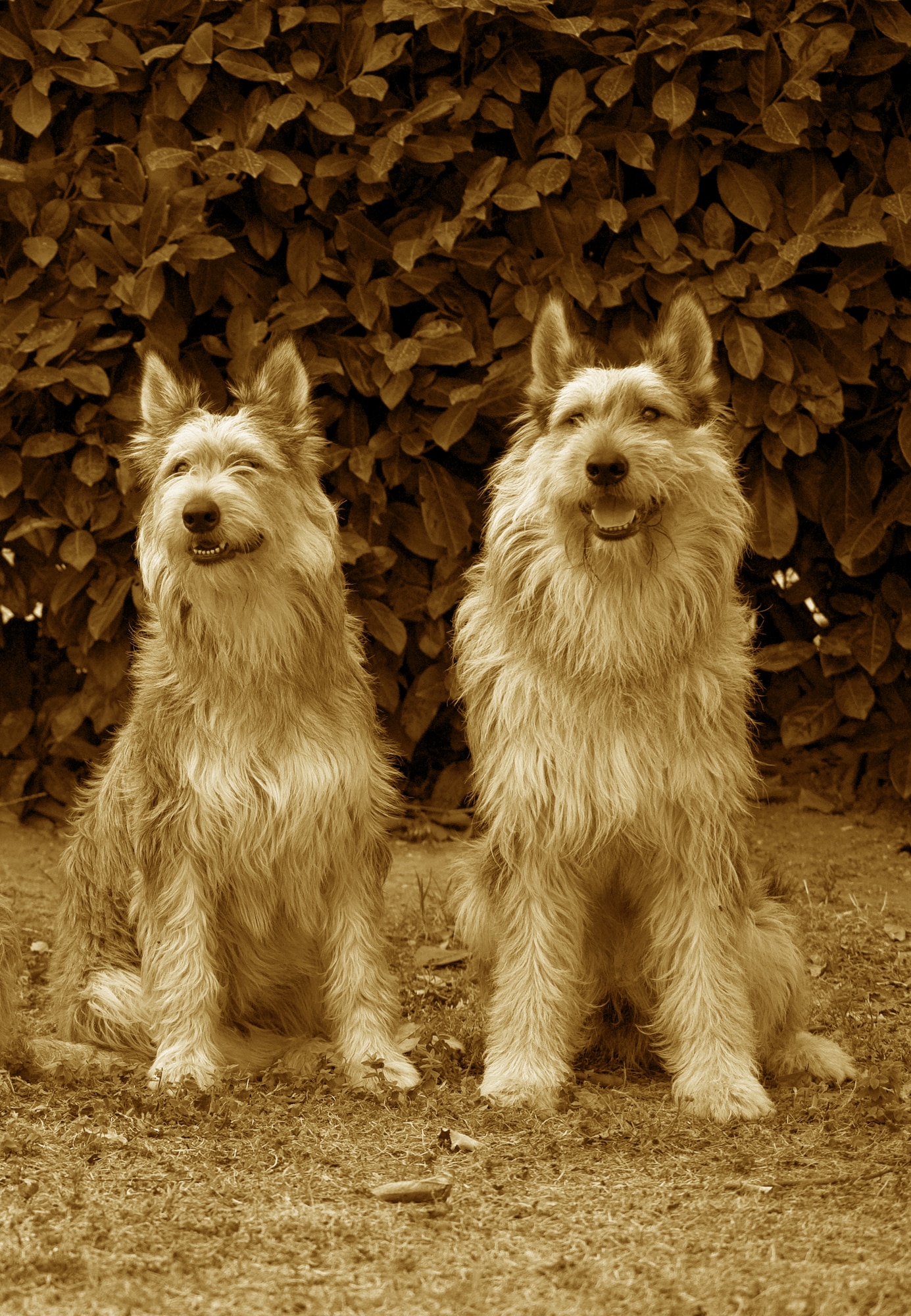
Origin & History
The Berger Picard comes from France. More precisely, it comes from the historic region of Picardy in the north of France. It is considered to be one of the oldest breeds in France. However, it is not certain whether the Berger actually originates from this region. Its breed-specific origin is thought to date back to the 9th century BC and leads to the Celtic dogs. However, this is a theory that cannot be precisely proven.
Since the beginning of the 20th century, this dog breed has been widespread throughout north-western Europe. At the beginning of the First World War, the first breeding attempts were made, which initially failed. Hopes of making the breed better known throughout Europe faded.
The French breeder Cotte rescued the almost forgotten dog breed during the Second World War. It is reported that he went in search of dogs in Picardy that were very similar to the Berger. The crossbreeds resulting from these dogs are now referred to as the original form of the Berger Picard.
Even today, the Berger Picard is still considered a rare breed in France. However, there are now several breeders throughout Europe who are dedicated to preserving the breed. In Germany, there is the Club für französische Hirtenhunde e.V.. The club's three German breeders are located in Kassel, Lüdenscheid and Hammah.
